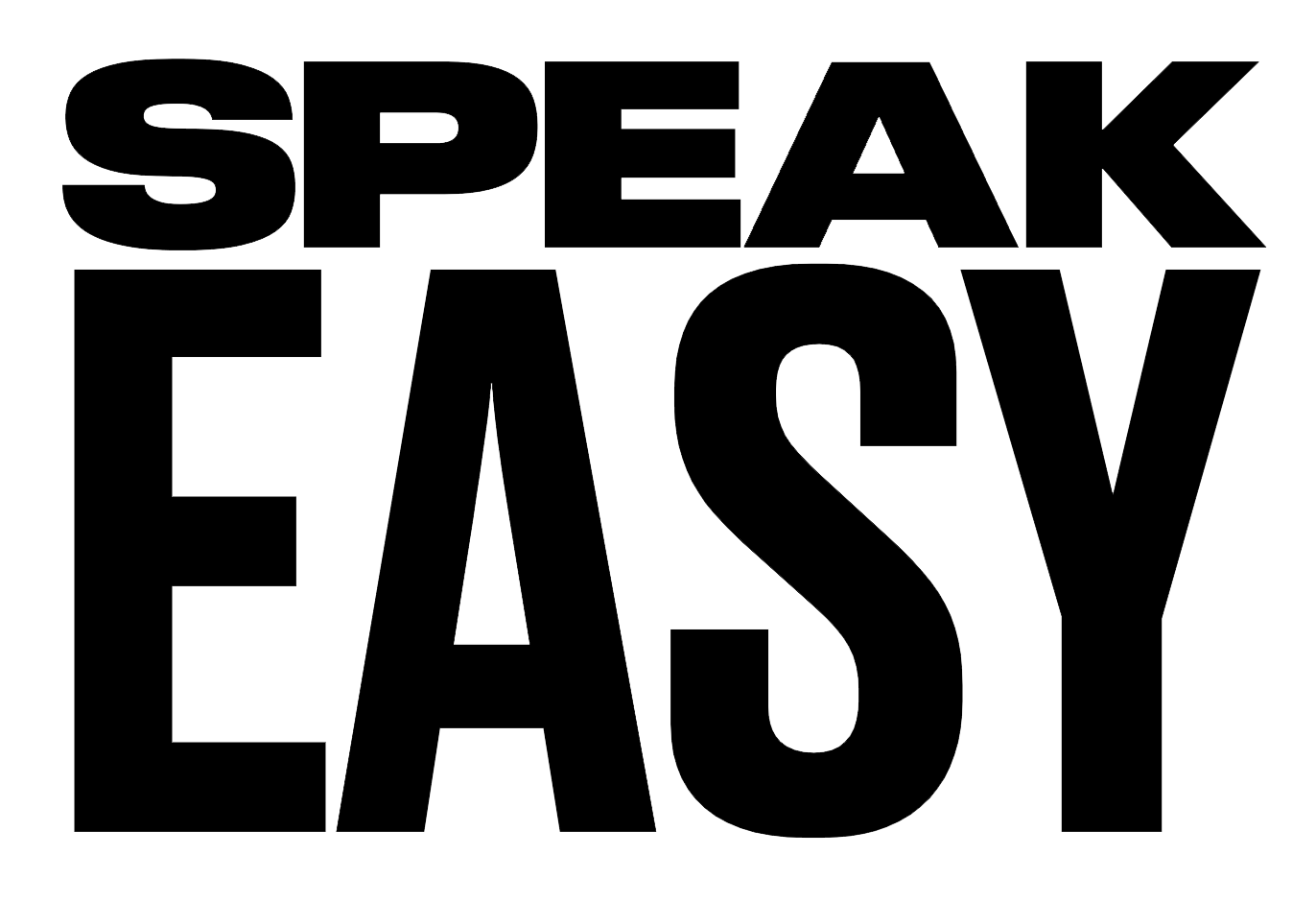Agile Methodology Glossary
Agile Methodology
Quick Design Session
When “simple design” choices have far-reaching consequences, two or more developers meet for a quick design session at a whiteboard.
Agile Methodology
Refactoring
Refactoring consists of improving the internal structure of an existing program’s source code, while preserving its external behavior.
Agile Methodology
Relative Estimation
Relative estimation consists of estimating tasks or user stories by comparison or by grouping of items of equivalent difficulty.
Agile Methodology
Retrospective
The team meets regularly to reflect on the most significant events that occurred since the previous such meeting, and identify opportunities for improvement.
Agile Methodology
Rule of Simplicity
Rules of Simplicity is a set of criteria, in priority order, proposed by Kent Beck to judge whether some source code is “simple enough.”
Agile Methodology
Scrum
Scrum is a process framework used to manage product development and other knowledge work.
Agile Methodology
Scrum Master
The scrum master is responsible for ensuring the team lives agile values and principles and follows the practices that the team agreed they would use.
Agile Methodology
Scrum of Scrums
A technique to scale Scrum up to large groups (over a dozen people), consisting of dividing the groups into Agile teams of 5-10.
Agile Methodology
Scrumban
Scrumban is a mixture of Scrum and Kanban.
Agile Methodology
Sign Up for Tasks
Members of an Agile development team normally choose which tasks to work on, rather than being assigned work by a manager.
Agile Methodology
Simple Design
A team adopting the “simple design” practice bases its software design strategy on a set of “simple design” principles.
Agile Methodology
Sprint Backlog
A sprint backlog is the subset of product backlog that a team targets to deliver during a sprint in order to accomplish the sprint goal and make progress toward a desired outcome.
Agile Methodology
Sprint Planning
Sprint planning is an event that occurs at the beginning of a sprint where the team determines the product backlog items they will work on during that sprint.
Agile Methodology
Story Mapping
Story mapping consists of ordering user stories along two independent dimensions.
Agile Methodology
Story Splitting
Splitting consists of breaking up one user story into smaller ones, while preserving the property that each user story separately has measurable business value.
Agile Methodology
Sustainable Pace
The team aims for a work pace that they would be able to sustain indefinitely.
Agile Methodology
Task Board
The most basic form of a task board is divided into three columns labeled “To Do,” “In Progress,” and “Done.” Cards are placed in the columns to reflect the current status of that task.
Agile Methodology
Team
A “team” in the Agile sense is a small group of people, assigned to the same project or effort, nearly all of them on a full-time basis.
Agile Methodology
Team Room
The team (ideally the whole team, including the product owner or domain expert) has the use of a dedicated space for the duration of the project, set apart from other groups’ activities.
Agile Methodology
Test Driven Development (TDD)
“Test-driven development” is a style of programming in which three activities are tightly interwoven: coding, testing (in the form of writing unit tests) and design (in the form of refactoring).
Agile Methodology
Three Amigos
Three amigos refers to the primary perspectives to examine an increment of work before, during, and after development. Those perspectives are Business, Development, and Testing.

